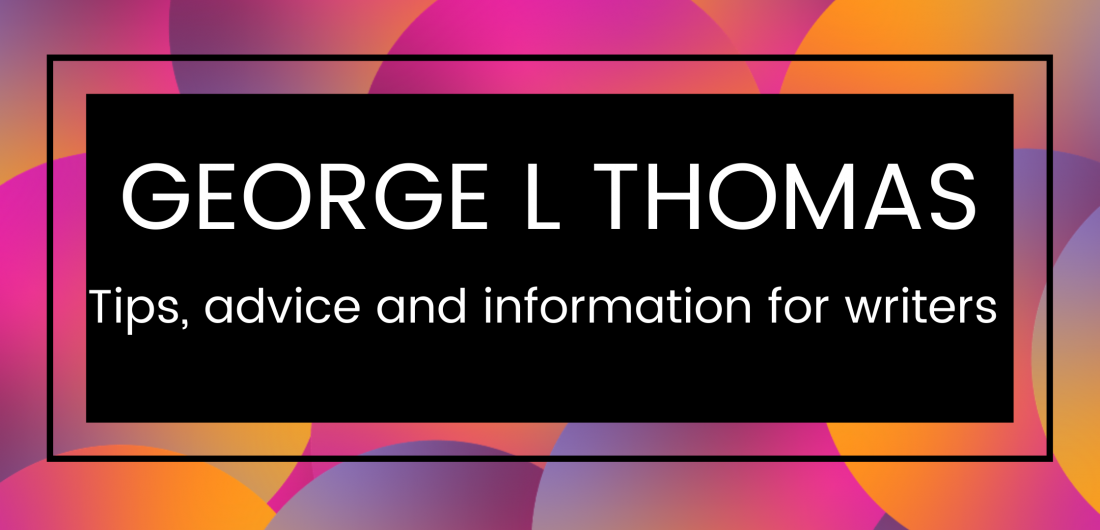
A mind map, also sometimes called a Bubble or Cluster diagram is a simple yet effective way of generating ideas that become progressively more in-depth as the diagram grows.
You begin by writing a word in the centre of a piece of paper (you can put it in a bubble or not – it’s your design) and then draw off a line connecting every word you can think of associated with the central word and then do the same for each of those words. Try to keep everything relative to your project, or you’ll be here all night!
For instance, you might want to brainstorm ideas about a character, so in this case, you would write the character’s name in the centre of the page and then draw a line for family, another for friends, one for physical description and one for personality.
From family, you’d draw another line for each member of the character’s immediate family, and do the same for friends, physical description and personality, then repeat the process for each new idea or thought.
Using different colours for each generation of information or for specific clusters can help the brain to engage more efficiently, especially if you’re more of a visual person.
When you’ve finished, you should end up with something that looks similar to this:

Apologies for the handwriting, but it shows basically what I’m talking about
A mind map can work for all aspects of your project, and they work exceptionally well for thinking up story ideas, plots and you could, if you have the time or patience, even mind-map each scene or chapter if you’re writing fiction.
There are no rules, it’s your diagram; the aim is to generate practical ideas for your project, so it’s all about what works best for you.
I hope I’ve explained things well enough to inspire you to at least give mind mapping a try if you haven’t already. It can really help you if you have written yourself into a corner or if you’re feeling creatively blocked.
As always, thank you for reading, especially if you made it this far!
Until next time,
George
© 2018 GLT
Categories: Generating Ideas

For some reason, I always disliked mind maps. Maybe because they remind me of some sucky years at school. 😀 But I recognise its usefulness as a planning tool, so thanks for that!
LikeLiked by 1 person
I see what you mean about school. I love a mind map just because I can see the ideas coming into existence. A lot of the time some of them are complete rubbish but sometimes you find a gem 😃
LikeLike
But that’s how ideas work, right? 😀 You have a lot of rubbish, and then you sift it for the gems! Not one of us makes gems all the time. 🙂 In fact, the more rubbish we create, the greater the chances that we hit upon something good once in a while!
LikeLiked by 1 person
Absolutely! You have to be able to come up with loads of rubbish because that makes it easier to spot the good stuff hiding in amongst it.
LikeLiked by 1 person
I first learned about this technique back around 1990 when I was attending San Jose State University. One of their English professors, Gabriele Rico, wrote a book called Writing the Natural Way, and she referred to this technique as clustering. That was around the time I began to write on my own, and I used clustering a number of times when my writing was stuck.
I don’t cluster the way I did, but I sill use word association to jockey my writing through difficult terrain.
LikeLiked by 1 person
Yeah it’s a great way to get your mind to loosen a bit. I like it because you can make connections between subjects or topics in a way that you might not have thought about before.
LikeLiked by 1 person
Thanks for the reminder. I’m going to run with this, I think would be a powerful creative medium!
LikeLiked by 1 person
Great post. You totally nailed it. Mind mapping is great tool not just for managing projects, but can be utilized in our everyday endeavours. I use mind mapping in identifying my main ideas and others branching from the main idea.
LikeLiked by 1 person
Thanks Henry 😀
LikeLike